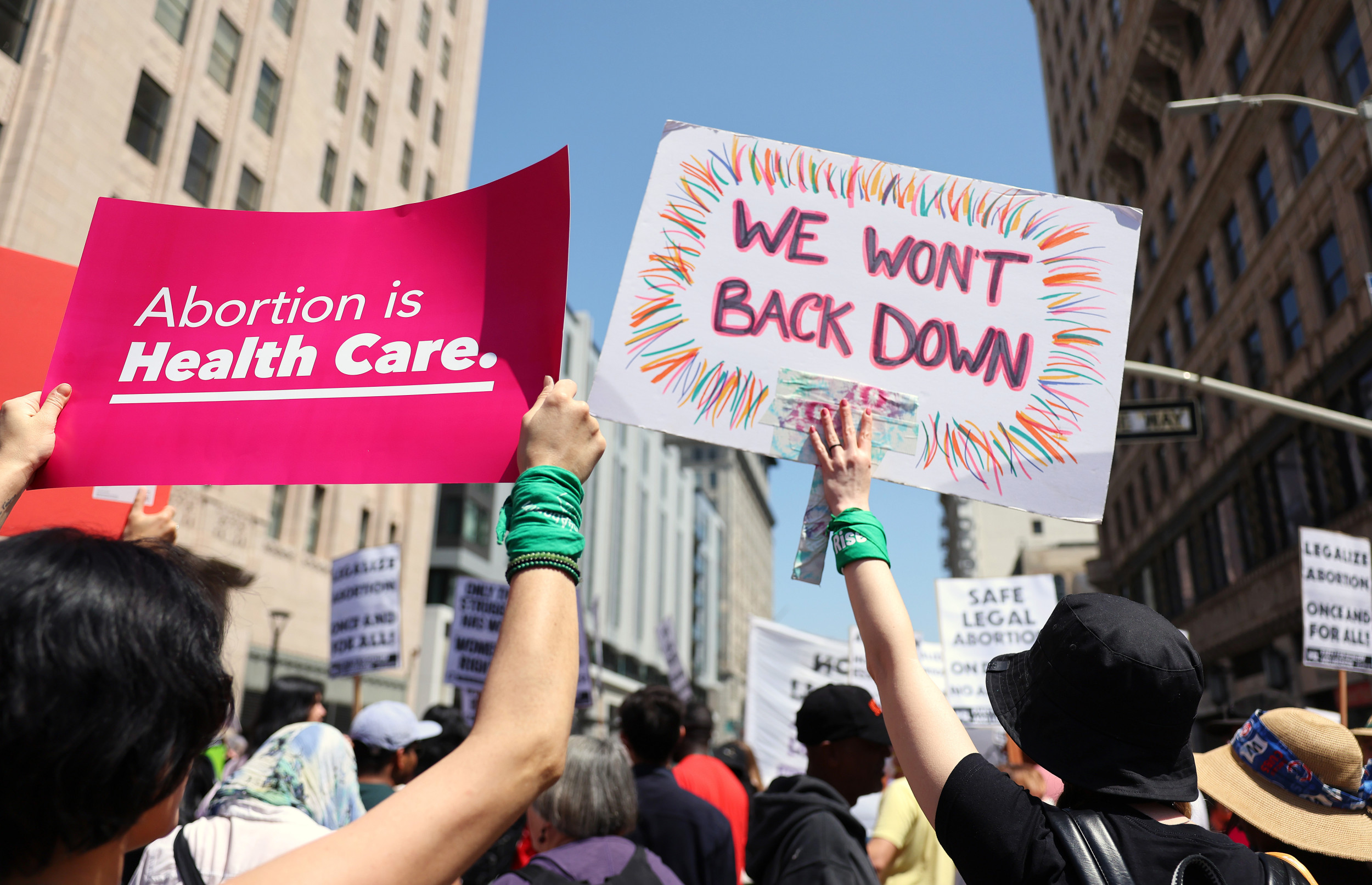A 53-year-old man has become the third patient ever to be completely cured of HIV after receiving stem cell transplantation, German researchers have announced.
The so-called "Düsseldorf patient"—who was diagnosed with HIV in 2008—had received the transplantation in 2013 to treat a life-threatening form of blood cancer, acute myeloid leukemia, according to a paper published in the journal Nature.
"After four years of systematic observation: Düsseldorf University Hospital can now provide qualified proof of one of the world's first cases in which an HIV infection has been cured," the researchers said in a statement issued on Monday.

The Düsseldorf patient first tested positive for HIV in 2008. Six months into starting treatment, he was diagnosed with acute myeloid leukemia (AML). But despite the poor prognosis, his doctors saw an opportunity to deal with both conditions with a single treatment.
"It was intended from the beginning to treat both the leukemia and HIV with the stem cell transplant," Dr. Björn-Erik Ole Jensen, who co-authored the recent paper on the case, told Newsweek.
Acute myeloid leukemia (AML) is a cancer of the blood and bone marrow, the tissue where blood cells are made. Less than a third of patients with this disease survive for more than five years from the diagnosis, the National Cancer Institute reports. While it is the most common form of leukemia in adults, it is still fairly rare, accounting for only 1 percent of all cancers, the American Cancer Society estimates.
One treatment option for this disease involves the transplantation of bone marrow from a healthy donor into the patient after the latter's own bone marrow cells have been destroyed by targeted chemotherapy. The transplanted bone marrow contains healthy stem cells that are able to develop into different blood cell types and thus restore a healthy cell population in the patient's blood.
Patients who undergo this treatment have an increased five-year survival rate of 65 percent, compared to 24 percent without treatment. However, the treatment itself can be dangerous, with an estimate 20-to-30-percent mortality rate in some cases, a study published in the International Journal of Hematology-Oncology and Stem Cell Research reports.
How Can Cancer Therapy Cure HIV?
In 2006, Timothy Ray Brown, also known as the "Berlin patient," became the first person in the world to be cured of HIV following this treatment.
HIV is a virus that hijacks the body's white blood cells and uses their cellular machinery to create copies of itself. To enter our white blood cells, the virus uses a protein called CCR5 on the cell's surface as a docking site. However, in a small subset of the population, this protein is mutated, which means HIV is unable to hijack their cells.

Brown's doctor, Dr. Gero Huettner, realized that, if they could find a bone marrow donor with this rare mutation, Brown could be cured of his HIV and his leukemia at the same time. Brown died in 2020, at age 54, after a recurrence of leukemia, but the HIV treatment remained effective for the rest of his life.
In 2019, a similar case was reported in London. Now, researchers from Düsseldorf University Hospital in Germany have shown for a third time that this treatment is an effective cure for HIV as well as leukemia. Their results have been published in the journal Nature.
"Since acute myeloid leukemia is a life-threatening, malignant blood disease, the patient's leukemia cells must be destroyed with high-dose chemotherapy [before transplantation]," Jensen said. "Then a transplantation of donor stem cells is performed, which then build a new [process of blood cell production] and a new immune system."
By selecting a donor with the mutant CCR5 docking protein, Jensen and his team were able to kill both diseases with one stone. The treatment prevents the replication of HIV in two ways. First, the chemotherapy destroys the patient's own HIV-bearing immune cells; secondly, it replaces the patient's immune system with cells that are resistant to the HIV virus should the virus ever come back.

Six years after receiving the transplantation, the Düsseldorf patient stopped taking his HIV medication. The researchers then carried out extensive tests to ensure that there were no remaining signs of active virus in the patient's blood.
"Almost ten years after the stem cell transplantation from an unrelated donor and more than four years after ending the HIV therapy, he is now in good health," said the researchers in the paper. "To date, this is the longest and most precise diagnostic monitoring of a patient with HIV after stem cell transplantation."
In 2022, a fourth patient, this time in California, achieved long-term remission of HIV after receiving a stem cell transplantation, the City of Hope Hospital announced in July. He received his treatment in 2019.
While these case studies signify a great success for the development of HIV treatments, Jensen said that this strategy for curing HIV would not be a suitable option for the majority of the population. "This is [...] a very invasive and high-risk procedure that is only considered for otherwise untreatable, life-threatening diseases," he said. "It is [also] often difficult to find a matching donor. If, in addition, a donor with [the HIV-resistant CCR5) mutation is being sought, this becomes even more difficult.
"Although these cases of HIV cure provide us with many additional insights, this strategy is not widely feasible because of its risks. The goal of science is now to develop less risky procedures based on the knowledge gained, with the long-term goal of perhaps making a cure for HIV achievable for more people."
Do you have a tip on a science story that Newsweek should be covering? Do you have a question about HIV? Let us know via science@newsweek.com.
References
Jensen, B, et al., In-depth virological and immunological characterization of HIV-1 cure after CCR5Δ32/Δ32 allogeneic hematopoietic stem cell transplantation, Nature, February 20 2023, https://doi.org/10.1038/s41591-023-02213-x
Uncommon Knowledge
Newsweek is committed to challenging conventional wisdom and finding connections in the search for common ground.
Newsweek is committed to challenging conventional wisdom and finding connections in the search for common ground.
About the writer
Pandora Dewan is a Senior Science Reporter at Newsweek based in London, UK. Her focus is reporting on science, health ... Read more
To read how Newsweek uses AI as a newsroom tool, Click here.






